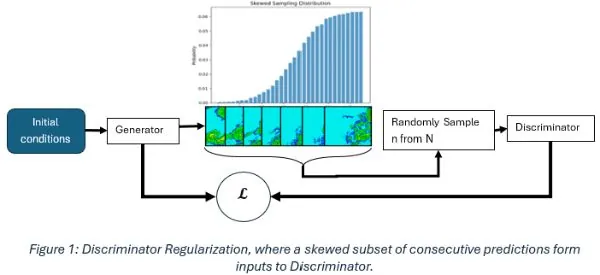Microsoft’s Start team published a blog post through Bing’s official blog today, announcing that the AI weather prediction model has made significant improvements. In addition to being able to more accurately predict weather conditions in the next 30 days, it can now predict when clouds and precipitation are likely to appear.
In the blog post, the Microsoft Start team stated that it had started working on improving the global “precipitation forecast” system at the end of 2021.
The model not only calls on data collected by radar devices but also combines satellite data and analyses it through AI algorithms to more accurately predict precipitation conditions.
However, the Microsoft Start team also admitted that the prediction model has shortcomings. The daily reception time of satellite weather data is 85% to 95%, but it depends on the source of the data and the acceptable delay time.
READ ALSO:
- Samsung to redesign Galaxy Buds 3 earphones
- Huawei Watch 4 Pro gets Hongmeng 4.2.0.351 update
- Apple clarifies issue involving “resurrecting” deleted photos
Microsoft said: “Evidence suggests that each task requires a separate decoder and each prediction channel requires a separate discriminator, so Weather from Microsoft Start builds a model that is 4 times larger than the previous model that only predicted simulated radar reflectivity. Finally, the new model jointly predicts satellite and simulated radar reflectivity, allowing its predictions to fill gaps in data availability.”
According to Microsoft, the radar channel model was given six times more weight in the AI training than the satellite model because the precipitation information provided by radar is considered more important than the satellite mission. The end result is that the new precipitation and cloud model “shows a significant improvement in F1 score” compared to the base model that only uses radar predictions.






